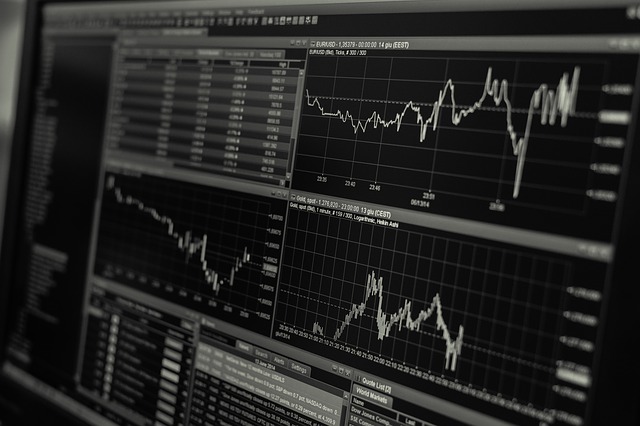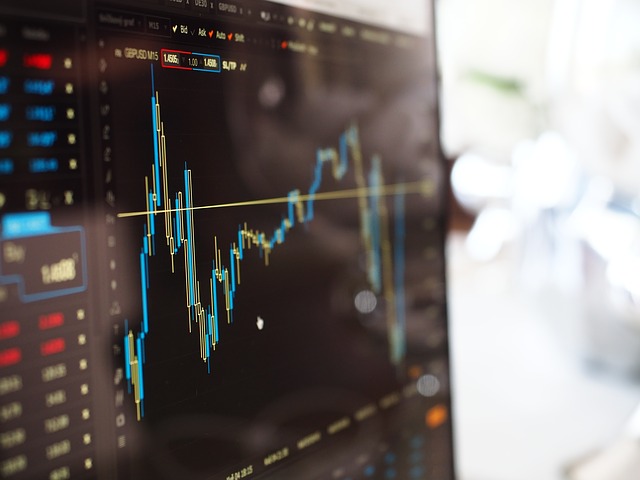Screeners are a tool that investors and traders can use to filter ETFs based on user-defined metrics. ETF screeners are offered on many websites and trading platforms, and they allow users to select trading instruments that fit a certain profile set of criteria.
A load mutual fund comes with a sales charge or commission. To compensate a sales intermediary (ex: a broker, financial planner, investment advisor) for their knowledge and time in choosing a suitable fund for the investor, the fund investor will pay the load.
A no-load mutual fund in which shares are sold without a commission or sales fee. The notion for this is that the shares are allocated directly by the investment company, rather than going through a alternate party.
A Spider ETF is a summary of Standard & Poor’s depositary receipt, an exchange-traded fund (ETF) administered by State Street Global Advisors.
Exchange-traded funds that invest in physical commodities such as natural resources, agricultural goods as well as precious metals. Click here for more details!
A “Country ETF” is an ETF that is invested across companies specific to a single country or region. Click on this post to learn more, and see some examples!
An indexed ETF is a type of mutual fund with a portfolio constructed to match or track the components of a market index, such as the Standard & Poor’s 500 Index (S&P 500). An index mutual fund is said to provide broad market exposure, low operating expenses and low portfolio turnover.
What are the differences between investing in Exchange Traded Funds verses stocks? This article will discuss the pros and cons …
Your goal should be to build and manage a diversified portfolio of stocks and bonds with the lowest possible fees and the greatest possible tax efficiency. ETFs offer seven advantages over index mutual funds: lower cost, greater tax efficiency, better tax management, easier asset allocation, easier portfolio rebalancing, no fraud and you can short ETFs.
Covered calls are options strategies by which investors retain a long position in an asset and write or sell a call options on an identical in an effort to produce an increased income from the asset.
There are many investment errors that are easy to avoid. This list of Common Investment Mistakes will help the beginner save money.
Dollar Cost Averaging is the method of purchasing a fixed dollar amount of one particular investment at regular period of times, regardless of the share price.
Fundamental analysis is the process of looking at the basic or fundamental financial level of a business, especially sales, earnings, growth potential, assets, debt, management, products, and competition.
A stock investing tactic where you purchase the ten DJIA stocks with the highest dividend yield at the start of each year. At the start of each consecutive year the stock portfolio must be adjusted so that it always holds the 10 highest yielding stocks.
An IPO is the first sale of stock by a private company to the public. IPOs are often issued by smaller, younger companies seeking the capital to expand, but can also be done by large privately owned companies looking to become publicly traded.
The most basic research tool is the stock screener. Basically, screeners identify stocks that meet the user criteria. Read this article to learn more.
Read this article for steps to consider as you make your first trade!
This article describes the basics you need to know about stocks, which are shares in ownership of a company. Stocks represents a claim on the company’s assets and earnings.
A Trading Halt is the temporary suspension of trading of a security for a specific period of time. Trading Halts typically last for an hour, but can extend into days.
Time Decay is the inclination for options to decrease in worth as the expiration date draws near. The extent of the time decay is inversely connected to the changeability of that option.
The Sharpe Ratio looks at a portfolio’s return over time, then gives it a rating based on how volatile the returns are. Portfolios with steady returns have a better Sharpe Ratio than portfolios with high returns but big swings
Everyone has their favorite stock market myths but read this post for a few you might like to add to the collection!
Read this article for tips on how to select your trading strategy!
Capital Asset Pricing Model (CAPM) is a method used by investors to prioritize what stocks to invest in, given their limited cash.
The basic form of short selling is selling stock that you borrow from an owner and do not own yourself. In essence, you deliver the borrowed shares. Another form is to sell stock that you do not own and are not borrowing from someone. Here you owe the shorted shares to the buyer but “fail to deliver.”
The cash received from the short sale of a security. The interest return from investment of the short proceeds is usually divided between the short seller, who gets partial “use of proceeds,” and the securities lender.
Short selling is the act of borrowing a security from someone else, usually a broker, selling it and later repurchasing the stock in the hopes that it will be cheaper.
Buying on margin is borrowing money from a broker to purchase stock.
Cash Flow Per Share is a ratio of the cash generated divided by the number of outstanding shares.
Form 10-Q, is also known as a 10-Q or 10Q, is a quarterly report mandated by the United States federal Securities and Exchange Commission, to be filed by publicly traded corporations.
A Stop Loss Order is placed with a broker to sell a security when it reaches a certain price. A stop-loss order is designed to limit an investor’s loss on a security position.
A Stop Order is an order to buy or sell a stock when the stock price reaches a specified price, which is known as a stop price. When the specified price is reached, the stop order becomes a market order.
A limit order is an order to buy or sell a stock at a specific price or better. A buy limit order can only be executed at the limit price or lower, and a sell limit order can only be executed at the limit price or higher. A limit order is not guaranteed to execute. A limit order can only be filled if the stock’s market price reaches the limit price.
A market order is an order to buy or sell a stock at the best available price. Generally, this type of order will be executed immediately. However, the price at which a market order will be executed is not guaranteed. It is important for investors to remember that the last-traded price is not necessarily the price at which a market order will be executed. In fast-moving markets, the price at which a market order will execute often deviates from the last-traded price or “real time” quote.
The price, aka “the ask”, is the lowest price that a seller is willing to accept for a security.
When you are selling your shares of a security, the bid price is what the buyer is willing to pay for your shares.
For novice investors, the P/E Ratio provides a useful numeric representation of the value between the stock price and earnings. However, the price to earnings ratio is a useful tool but certainly not the holy grail of investing as it is sometimes made out to be. Read this article to learn the formula, see an example, and a description for how to use the P/E Ratio.
A Dividend Yield is a financial ratio that shows how much a company pays out in dividends each year relative to its share price. In the absence of any capital gains, the dividend yield is the return on investment for a stock. The formula is Annual Dividends Per Share divided by Price Per Share.
Dividends are payments made by a corporation to its shareholder members. It is the portion of corporate profits paid out to stockholders. When a corporation earns a profit or surplus, that money can be put to two uses: it can either be re-invested in the business (called retained earnings), or it can be distributed to shareholders. There are two ways to distribute cash to shareholders: share repurchases or dividends. Many corporations retain a portion of their earnings and pay the remainder as a dividend.
Preferred stock is a special class of stock issued by a company that pays dividends. Preferred stock is more like a bond than true stock because the main appeal is dividend income. Most preferred stocks are limited in the total profit they can earn.
Common stock is a form of corporate equity ownership, a type of security. The terms “voting share” or “ordinary share” are also used in other parts of the world; common stock being primarily used in the United States. It is called “common” to distinguish it from preferred stock.
By law, every year, mutual funds must distribute that year’s net investment income (the total of dividends and interest received, less fund expenses) and net realized gain (gains less losses on securities sales) to its shareholders.
Profit or loss resulting from the sale of certain assets classified under the federal income tax legislation as capital assets. This includes stocks and other investments such as investment property.
A Call Option gives the holder the right, but not the need to purchase a fixed quantity of a particular stock at a specific price inside a particular time. Call Options are bought by investors who anticipate a price increase.
Blue Chip Stocks are from leading and nationally known companies that offer a record of continuous dividend payments and other strong investment qualities.
Block trades are greater than or equal to 10,000 shares in size and greater than or equal to $100,000 in value!
Beta measures a stock’s volatility versus the market’s volatility. Read this article to learn more and see an example of Beta.
The tendency of the stock market to trend higher over time. It can be used to describe either the market as a whole or specific sectors and securities.
A Bear Market is a long period where the stock market value falls along with a sense of pessimism for the public. Read this article to learn more!
At The Money refers to an option whose strike price equals the price of the underlying equity, index or commodity.


























